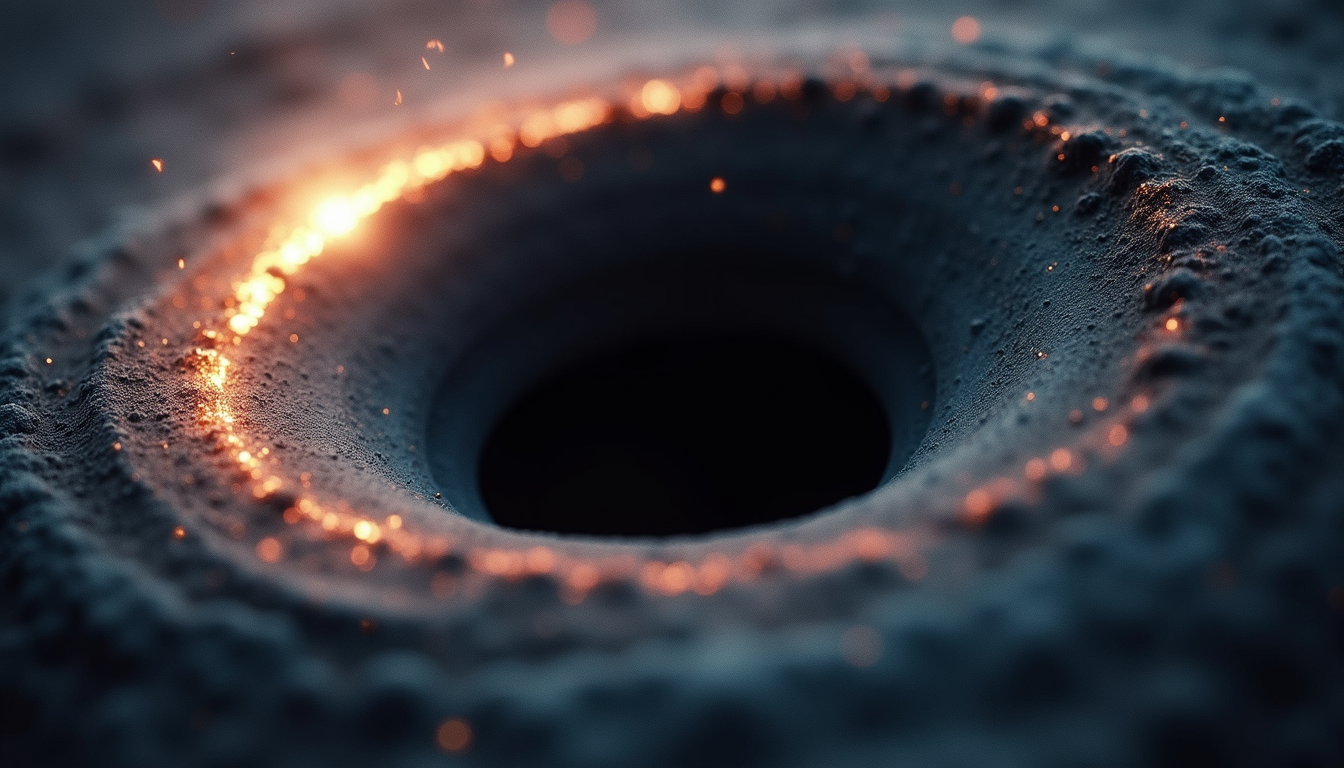The possibility that our universe might be a hologram has fascinated scientists and thinkers for decades. This idea suggests that the three-dimensional world we experience is actually encoded in a two-dimensional format, much like how a holographic image works. Though this may sound unbelievable, recent advances in physics indicate that gravity could help us understand this cosmic puzzle. In this post, we will explain the holographic principle, investigate the significance of gravity, and show how these concepts connect.
The Holographic Principle Explained
The holographic principle argues that all information within a given volume of space can be represented as data stored on its boundary. Think of it like a hologram that carries a three-dimensional image while being made up of two-dimensional information.
This principle came from studies in string theory and black hole thermodynamics by physicists such as Gerard 't Hooft and Leonard Susskind. Their work demonstrated that the entropy, or information content, of black holes correlates with their surface area, not their volume. This idea reimagines how we understand our universe, hinting that the same principles could apply to our broader reality.
In fact, researchers found that black hole entropy is proportional to the area of its event horizon. This suggests that the universe could work on similar rules, providing a fresh perspective on how we perceive reality.
Gravity: The Missing Link?
Gravity is the most enigmatic of the four fundamental forces in nature. It describes how massive objects distort spacetime. According to Einstein’s theory of general relativity, objects with mass create curves in spacetime, and these curves dictate how other objects move nearby.
New theoretical research proposes that gravity might connect our three-dimensional experience with a lower-dimensional reality. Some scientists are investigating the encoding of gravitational wave information on a two-dimensional surface at the outer edges of the cosmos. For instance, if you consider that gravitational waves ripple through space at the speed of light, understanding how they retain information could be pivotal in unraveling gravity's role in our universe.
This shift in perspective might explain why gravity is so distinct from other forces. Recent findings show that gravity is about 10^39 times weaker than electromagnetism. Insights here could reshape our knowledge of how the universe is structured.
Experimental Evidence Supporting Holography
While the idea of a holographic universe is largely theoretical, multiple experiments hint at its validity. Facilities like the Large Hadron Collider (LHC) and research into cosmic microwave background radiation have yielded valuable clues.
For instance, studies on entangled particles demonstrate that they can influence each other's states almost instantaneously, no matter the distance between them. This challenges traditional views of locality and echoes the idea that information can be transmitted across boundaries, in line with holographic concepts.
Additionally, the investigation of black holes raises crucial questions about the conservation of information. Even when crossed by matter, the information does not simply vanish. According to theories, this information could be etched onto a boundary surface, which bolsters the holographic framework.
The Implications of a Holographic Universe
If our universe is indeed a hologram, it would significantly change how we perceive reality. It prompts profound inquiries about the essence of space, time, and existence. Are our thoughts and experiences merely projections from information encoded on some cosmic surface?
This shift in understanding could pave the way for new approaches to complex issues like unifying general relativity and quantum mechanics. For example, a holographic model might help demystify dark matter and dark energy, making up roughly 95% of our universe.
These ideas also mesh with philosophical discussions about consciousness and perception, invoking age-old inquiries regarding the nature of reality.
The Search for Answers
Despite remaining largely theoretical, the holographic universe continues to spark interest among researchers eager to peel back these layers of mystery. Ongoing research into gravitational waves, cosmic background radiation, and the behavior of particles is essential for grasping how gravity interacts with spacetime and information.
In fact, as our technology improves and our ability to observe the universe expands, the chance of discovering tangible evidence—or busting this theory—increases significantly. For instance, one upcoming project aims to map gravitational waves with unprecedented precision, shedding light on these cosmic phenomena.
Final Thoughts on a Holographic Universe
The idea that our universe could be a hologram invites us to reevaluate our fundamental understanding of existence. As researchers investigate the ramifications of the holographic principle, gravity remains a crucial element in this cosmic narrative.
While numerous questions remain unsolved, the quest for knowledge in this field holds the promise of groundbreaking discoveries that could change our view of reality. Even if we do not conclude that our universe is a hologram, the undertaking of exploring these concepts will undeniably enhance scientific knowledge and enrich our comprehension of the cosmos.
Exploring these concepts not only fuels scientific inquiry but also invites deep reflection on life’s mysteries, bridging the gap between rigorous science and profound existential questions.
As we journey further into the unknown, we may realize that the keys to understanding our reality lie woven into the fabric of gravity and information. This could unlock answers to questions we have not even begun to ask.
Embracing the unknown can lead to surprising outcomes, and in the world of cosmic mysteries, the holographic universe may mark the start of an extraordinary expedition into the nature of everything around us.





